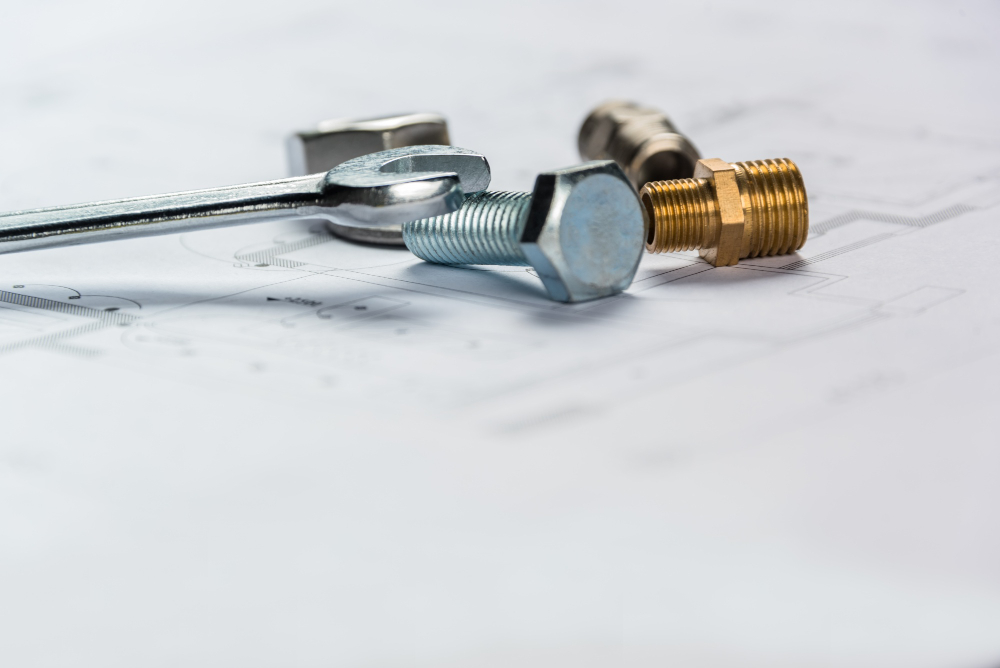Automotive production is one of the most important industrial endeavors today and by its very nature it has become a hyper competitive market. It is facing pressure from both sides with increased need to cut costs from markets and increased pressure for emissions compliance, environmental compliance and passenger safety related pressure from regulators as well as customers. In such a case, every step in vehicle manufacturing has become an area of optimization. Connecting two parts in a vehicle can be very important as vehicles are made of many parts joined together. Thus choosing the best fastener solutions takes a lot of mindshare from manufacturing experts. Vehicle manufacturing and kitting services can be optimized if multiple considerations are adhered to during fastener selection.
Basic Considerations
A basic consideration that must always be kept in mind is material compatibility. Choose fasteners that are compatible with the materials being joined. If the metals are different, you also need to check if they tend to react to each other in different environmental conditions and how that impacts the bond as well as the items connected together. You should also consider factors such as scratching and erosion resistance, especially when dissimilar materials are involved. Another factor when choosing fastener solutions is load bearing ability. Study the load requirements of the joint and select fasteners with appropriate tensile and shear strength as well as torque capacity. For example, connecting two heavy metal items with a plastic fastener is not a good idea since it will not be able to take the weight over time.
Corrosion is a big concern in automotive applications since vehicles remain outdoors and operate in very unfavorable environments for most of their lives. Opt for fasteners with corrosion-resistant coatings or materials to enhance durability. Along with corrosion, it is very important that kitting services account for temperature variations. Things expand when that is a basic law of physics and metallurgy so you must choose fasteners which are able to stand temperature changes and do not expand or contract a lot. Weight of the connector itself is a very important consideration. Vehicle weight is critical for fuel efficiency and performance. Opt for lightweight yet strong fasteners to contribute to overall weight reduction.
Operational Considerations
When the vehicle is in use, there will be many external factors which will impact its connectors and fasteners directly or indirectly. Kitting services need to account for these things from the very beginning. Take the case of vibrations which are caused when a vehicle is driven. Automotive environments experience vibrations and dynamic loads. Select fasteners that resist loosening due to vibrations and exhibit fatigue resistance to endure repeated cycles of stress. Ease of repair and replacement is another factor which is more of an operational concern. As the vehicle ages, it will need repair and maintenance.
In parts of the vehicle where regular maintenance is needed, you must choose fastener solutions which are easy to disassemble and reassemble. Not only will they make the maintenance process easy, but also more reliable. Choose fasteners which do not need specialized tools as this will only drive customer dissatisfaction if they are stuck on the road and cannot make emergency repair or maintenance because the fasteners used require some very complex and rare tools that are not available everywhere.
Finally it is very important to choose fasteners that match the overall vehicle assembly process and are able to balance the cost and operational efficiency. There is no point in choosing a fastener which your assembly line is not set for. It is obvious that you will be better off choosing a compatible fastener than having to retool the entire assembly line. Try to use as many common connectors as possible in the assembly as scale brings cost and operational efficiency.





Comments